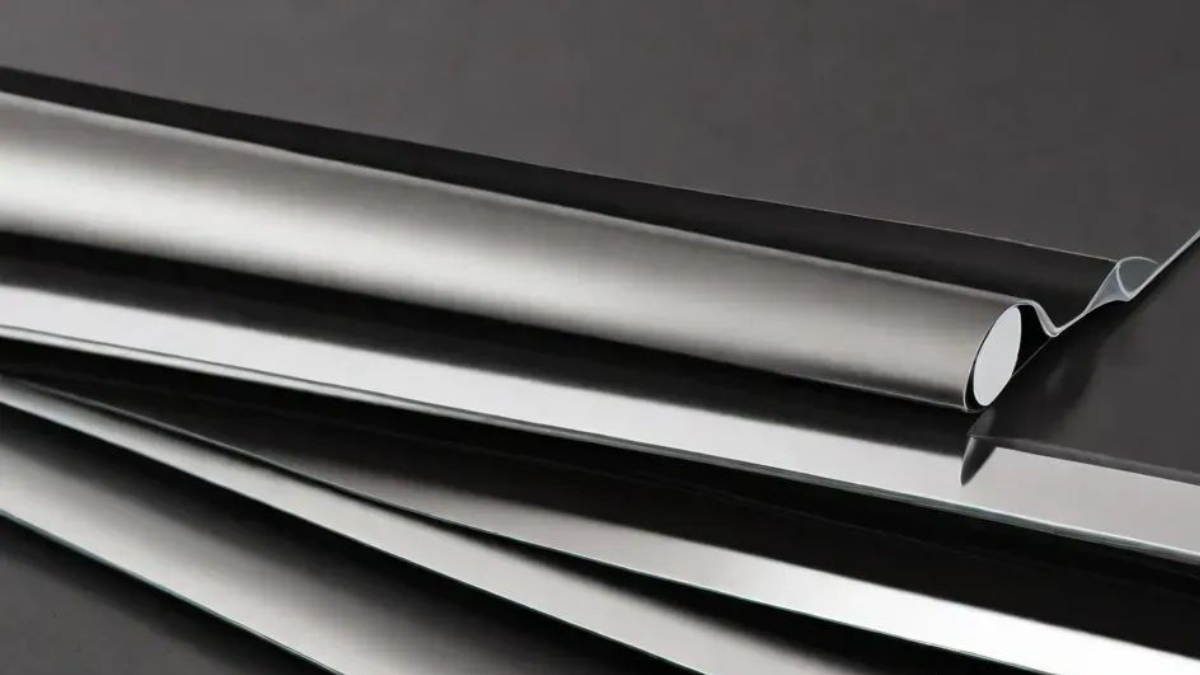
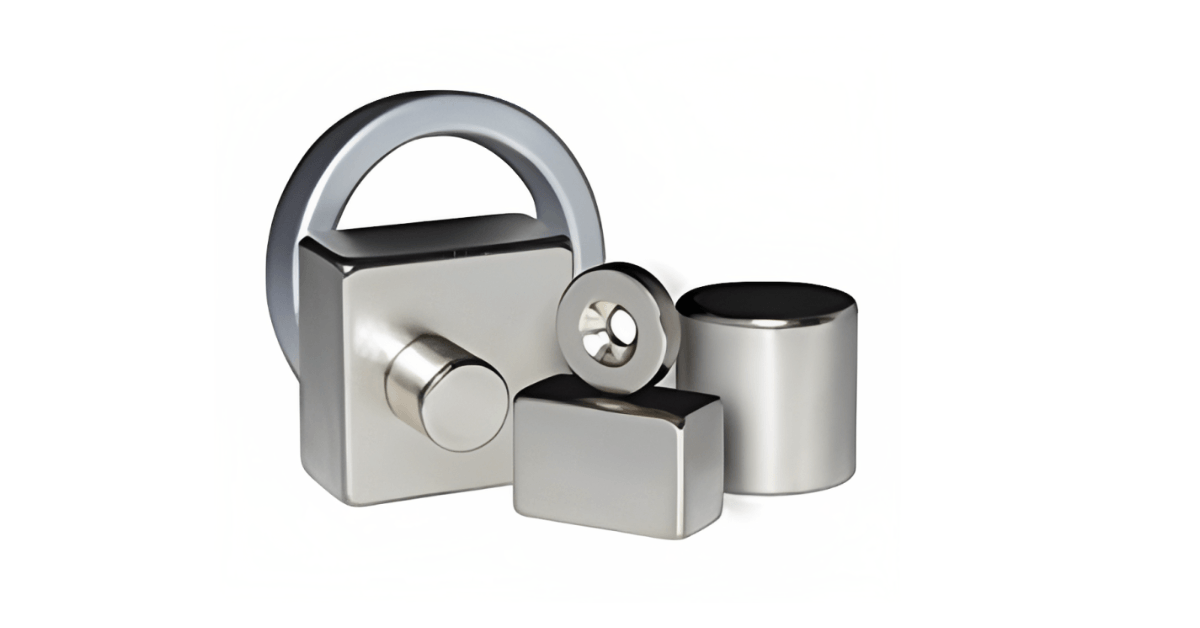
Welcome to our comprehensive buyer’s guide on N52 and N35 neodymium magnets. Neodymium Magnet is the powerhouses of the magnetic world!
Magnets are fascinating devices that have numerous applications, from industrial use to everyday gadgets. If you’re a beginner, navigating through the vast array of magnet options can be overwhelming. Understanding the disparity between N52 and N35 magnets is crucial, as it directly impacts their strength, performance, and suitability for various tasks.
But worry not! This blog will simplify the differences between these two popular grades of neodymium magnets and help you make an informed decision.
So, let’s delve into the world of neodymium magnets and discover what sets N52 and N35 apart.
If you need a strong magnet for a heavy-duty application, go with an N52. N52 neodymium magnets belong to the highest grade available in the neodymium magnet family. They are known for their exceptional magnetic properties and extreme strength. N52 magnets can generate an intense magnetic field and have an astonishing pulling force.
They are often used in industrial applications such as motor assemblies, magnetic separators, and generators. Due to their powerful performance, N52 magnets are the go-to choice when maximum strength is required.
N52 neodymium magnets find applications in various fields due to their superior strength. Some common uses include:
N52 magnets are used in motors, generators, and magnetic couplings, where their strong magnetic field is crucial for efficient operation.
These magnets are employed in magnetic separators to extract ferrous materials from other substances.
N52 magnets are utilized in speaker drivers to produce clear and powerful sound.
Wind turbines rely heavily on them to generate power efficiently.
N35 is a grade of neodymium magnet, which is measuring the strength of the magnetic field it produces. A magnetic field of 35 gauss is defined by the number “35,” which indicates the maximum strength of neodymium. Magnets are stronger when the number is higher.
Neodymium magnets are graded on the International Organization for Standardization (ISO) scale from N35 to N54. N35 magnets are strong enough for most applications. They are often used in speakers, hard drives, and other electronic devices.
N35 neodymium magnets are another popular grade in the neodymium magnet family. While they may not possess the same level of strength as N52 magnets, they still offer a strong magnetic field. N35 magnets strike a balance between performance and affordability, making them a versatile choice for a wide range of applications.
N35 neodymium magnets have numerous practical uses. Some examples include:
N35 magnets are commonly used in arts and crafts, including magnetic jewelry clasps, magnetic closures for bags and boxes, and magnetic photo displays.
N35 magnets are utilized in magnetic whiteboards to securely hold notes, documents, and markers.
These magnets find applications in magnetic sensors, proximity switches, and reed switches.
N35 magnets are employed in science experiments, magnetic toys, and educational displays.
N35 magnets are made from an alloy of neodymium, iron, and boron. This makes them extremely strong for their size and allows them to be used in a variety of applications.
– holding objects together
– separating objects
– creating electrical current
– generating heat
N35 magnets are also often used in hobby and construction projects.
One of the most popular uses for N35 magnets is to hold objects together. This is because they have a very strong magnetic force. They can be used to hold objects together that are made from different materials, such as wood and metal.
N35 magnets can also be used to separate objects. The reason for this is that they have a strong magnetic force that can separate objects. This can be useful if you need to separate two objects that are stuck together.
N35 magnets can also be used to create electrical current. When a magnet is moved, it creates a magnetic field. This can be used to generate electricity.
N35 magnets can also be used to generate heat. When a magnet is moved, it creates friction. This can be used to create heat.
If you’re in the market for a new neodymium magnet, you may be wondering whether to choose an N35 or N52 magnet. Both types of magnets are made from neodymium, iron, and boron (Nd2Fe14B), but they differ in their coercivity, or resistance to being demagnetized. Magnets made from N52 materials are generally stronger than magnets made from N35 materials, but they are also more expensive. Here’s a closer look at the key differences between these two types of magnets:
N52 magnets have a higher coercivity than N35 magnets. This means that they’re more resistant to being demagnetized, making them ideal for applications where the magnet will be subject to high temperatures or high stress.
N52 magnets also have a higher remanence than N35 magnets. This is the magnetic flux density, or strength, of the magnet when it’s not being actively magnetized. In other words, N52 magnets will remain magnetic for longer than N35 magnets.
Magnet strength is measured by the energy product. N52 magnets have a higher energy product than N35 magnets, meaning they’re able to generate a stronger magnetic field.
N52 magnets have a lower temperature coefficient than N35 magnets. This means that they’re less likely to lose their magnetism at high temperatures.
N52 magnets are more expensive than N35 magnets. This is because they’re made from rare earth metals, which are more costly than the metals used to make N35 magnets.
When selecting neodymium magnets, consider the following factors:
Determine the strength you need for your specific application. If you require maximum pulling power, N52 magnets are the appropriate choice. If moderate strength will suffice, N35 magnets are a reliable option.
Consider your budget constraints. N52 magnets are generally more expensive due to their superior performance, while N35 magnets offer a cost-effective alternative.
You should consider your application’s size and weight restrictions. N52 magnets provide exceptional strength in a compact size, while N35 magnets offer versatility and lighter weight.
In conclusion, when it comes to choosing between N52 and N35 neodymium magnets, understanding their unique characteristics is vital. N52 magnets are the heavyweights, offering unparalleled strength for demanding applications. Alternatively, N35 magnets have the benefit of being both affordable and functional. Thus, making them an excellent choice for everyday use.
Consider your specific requirements, budget, and space limitations to determine the right magnet grade for your needs. Whether you opt for the raw power of N52 or the versatility of N35, both magnet grades have their own merits. Remember, magnets are incredible tools that can simplify your life and enhance your projects. So go ahead, explore the possibilities, and harness the power of neodymium magnets to make your ideas come to life!
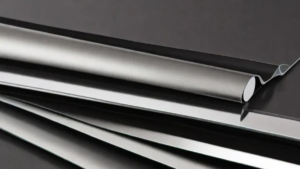
Magnetic sheeting is a flexible material that can be magnetized on one side and often has an adhesive or printable surface on the other. It
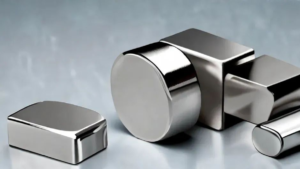
Magnets come in various shapes and sizes, each designed for specific uses. Understanding the different shapes of magnets, their properties, and their applications can help
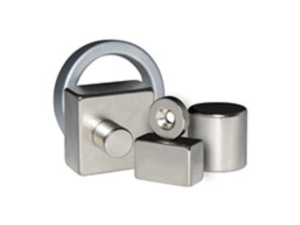
Magnets are a fascinating part of our everyday lives, from the magnets on our fridge doors to the powerful magnets used in advanced technology. There
Our magnet experts will help you get exactly what you need – custom or stock – in record time with great quality at a very competitive price.
Ⓒ 2024 - All Rights Are Reserved